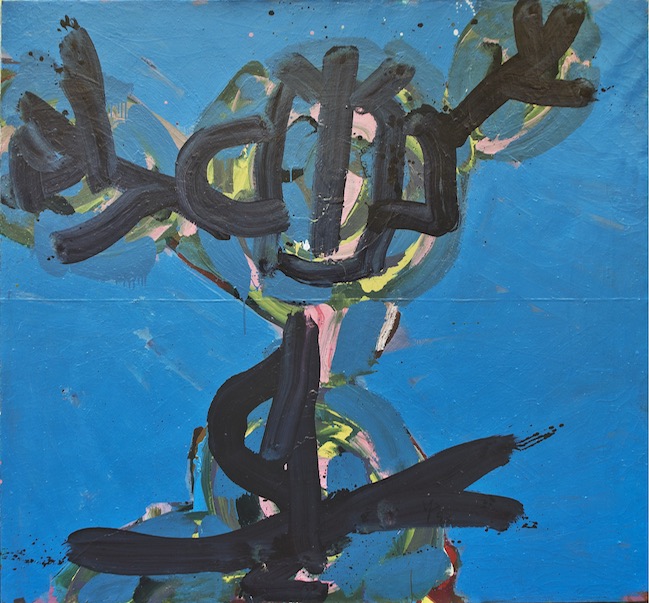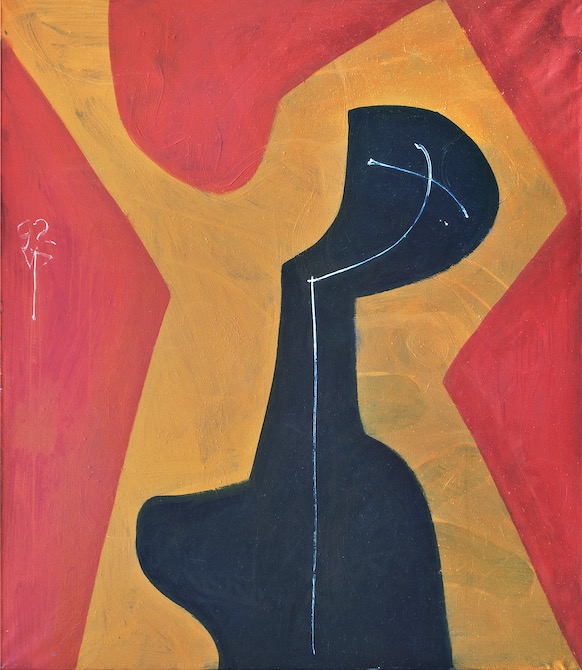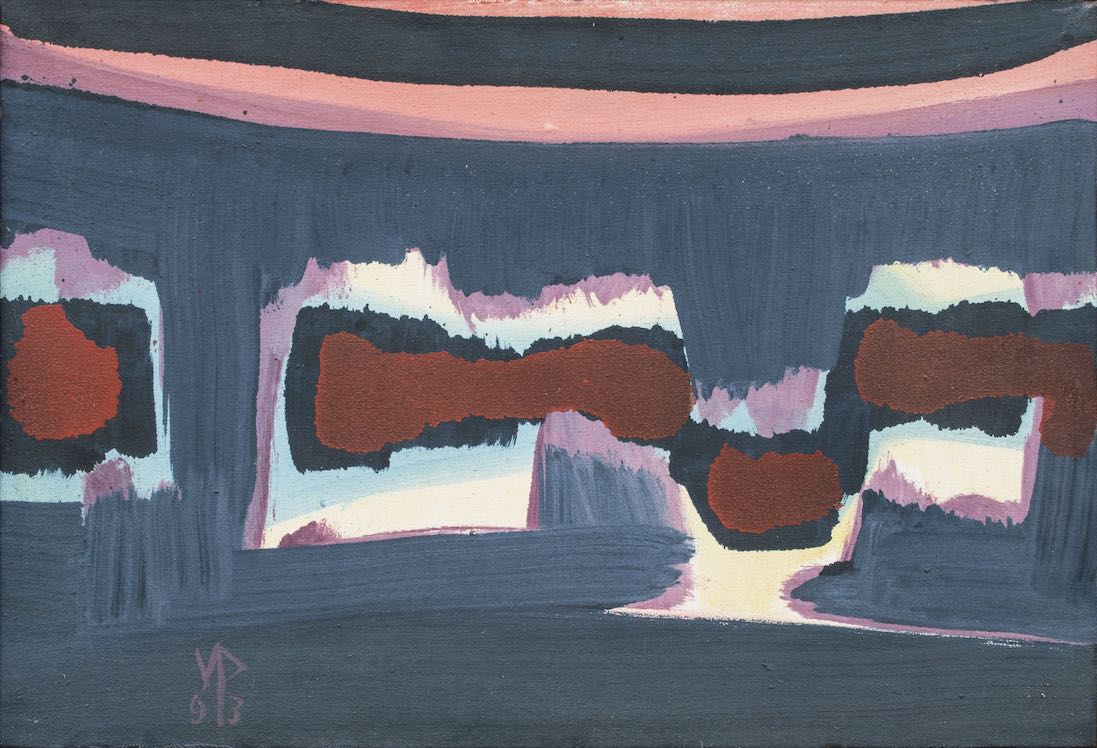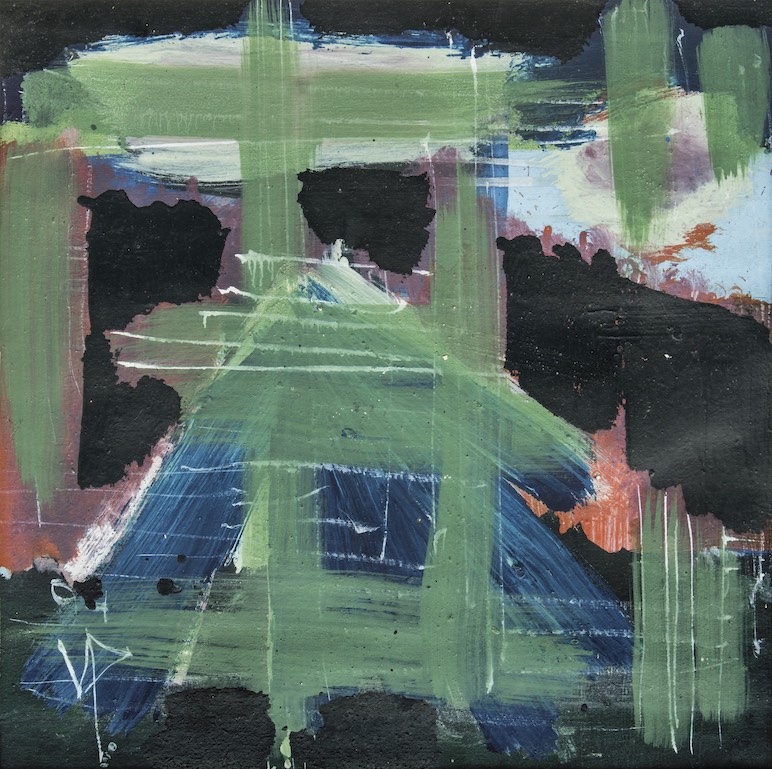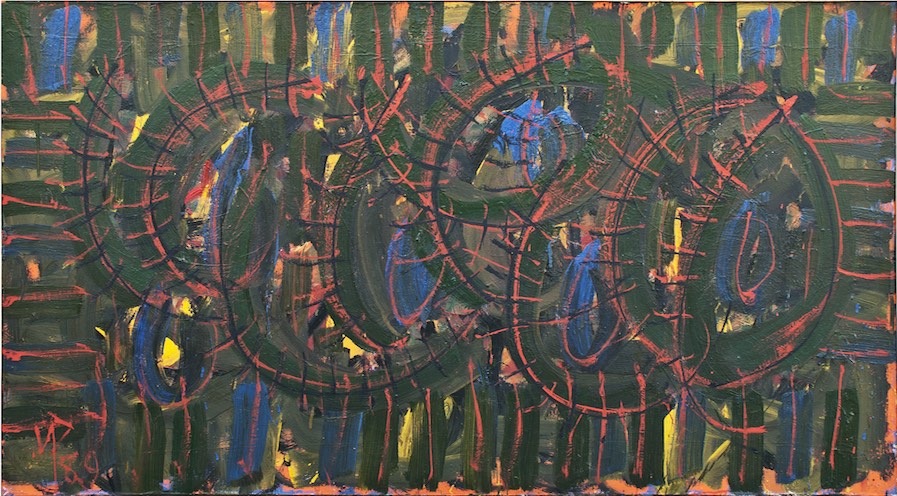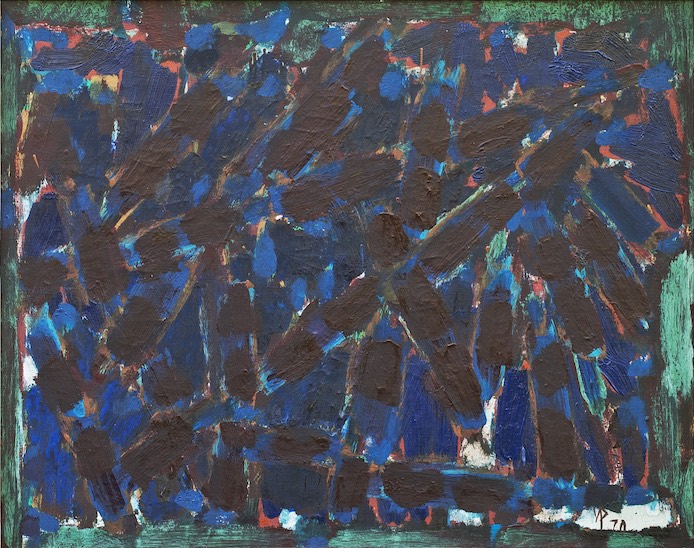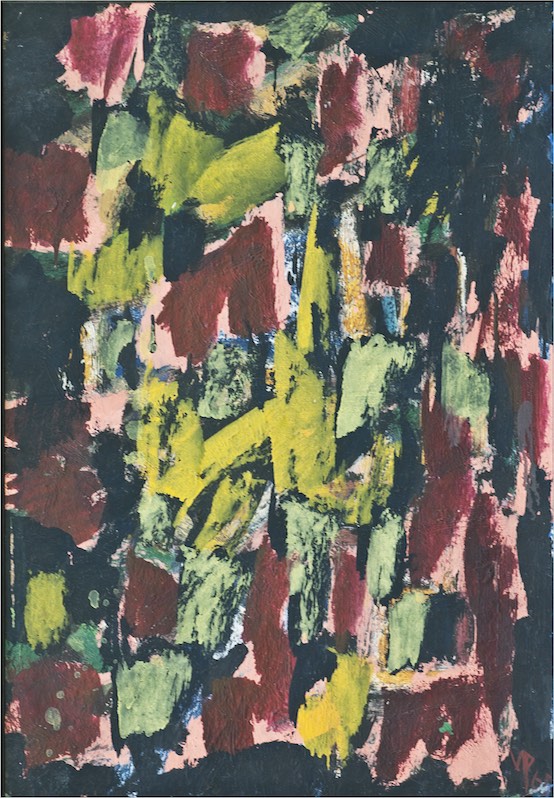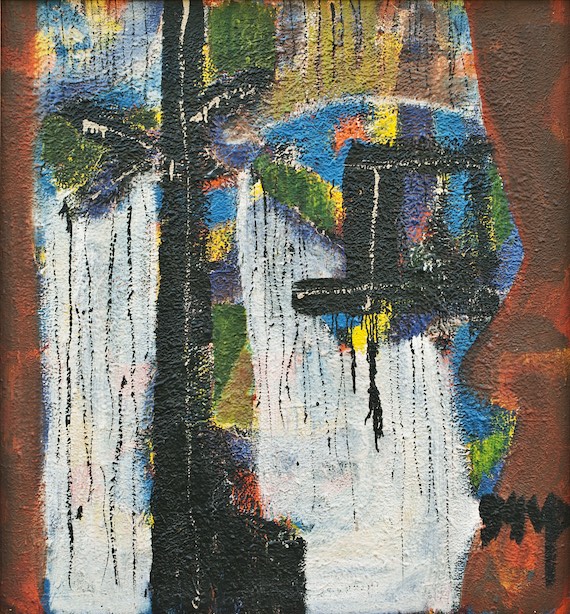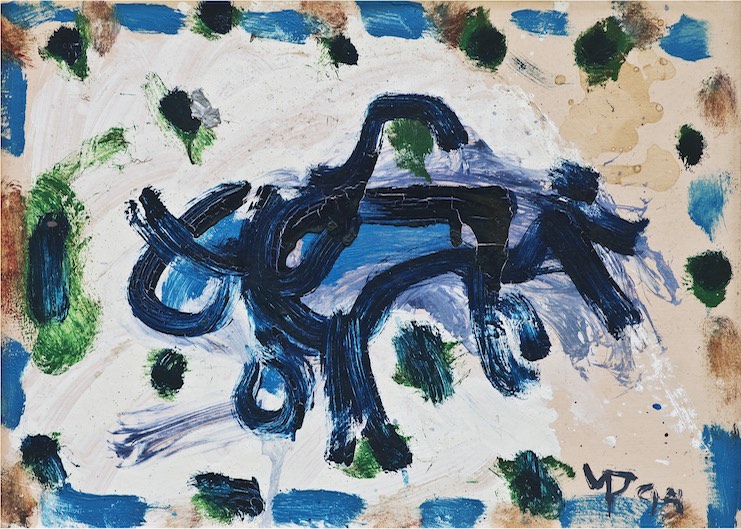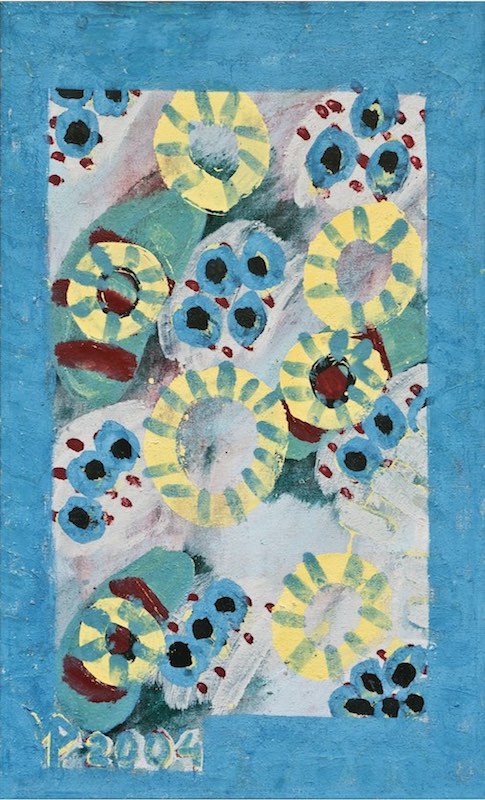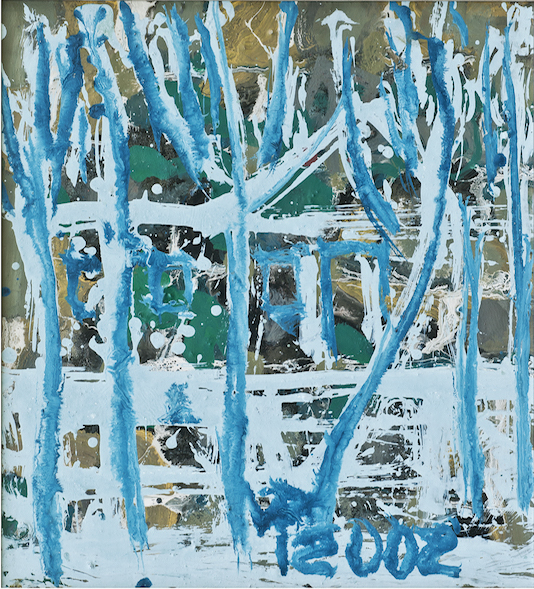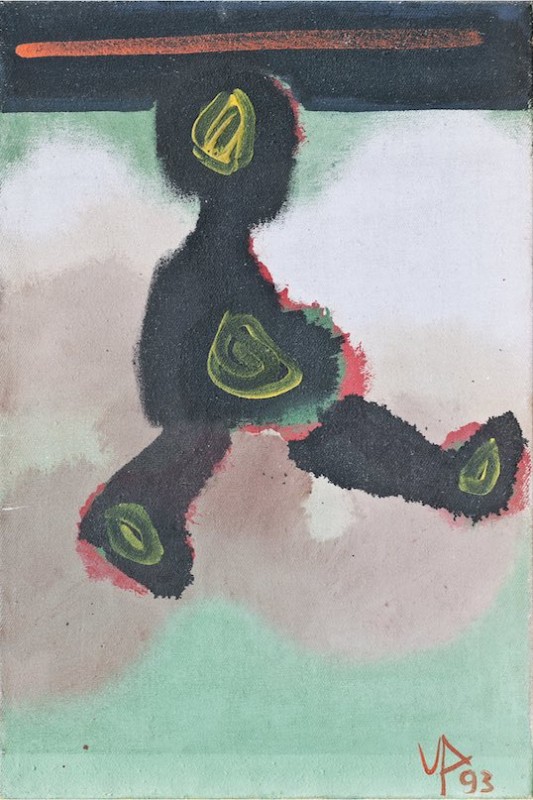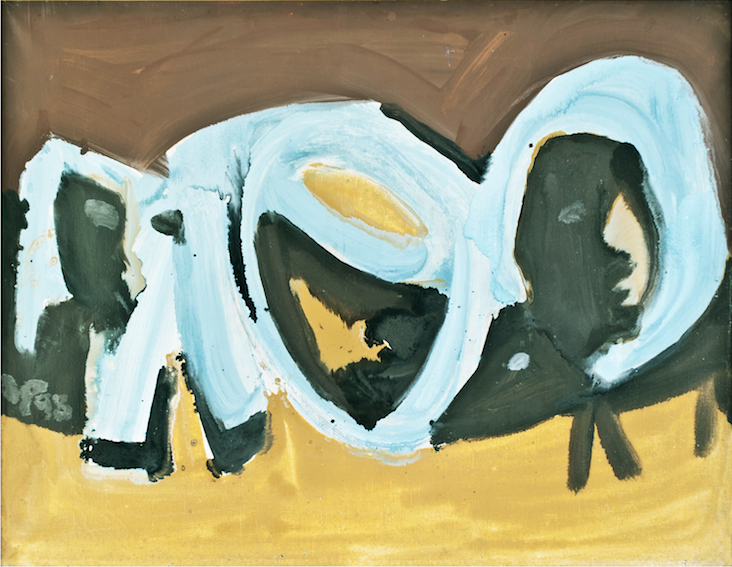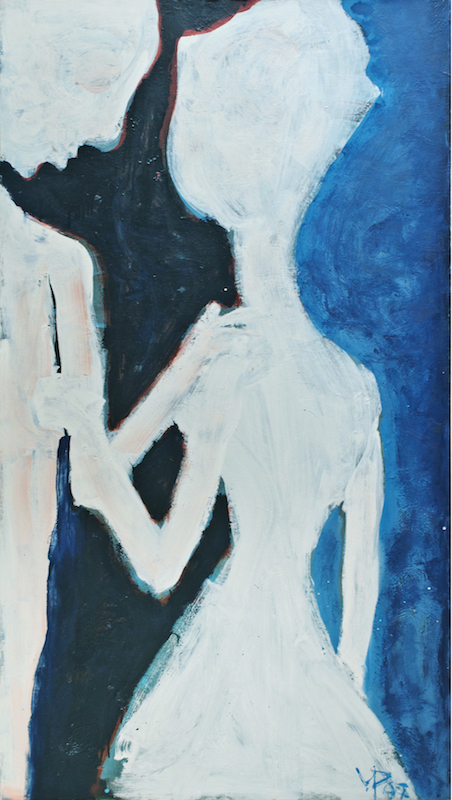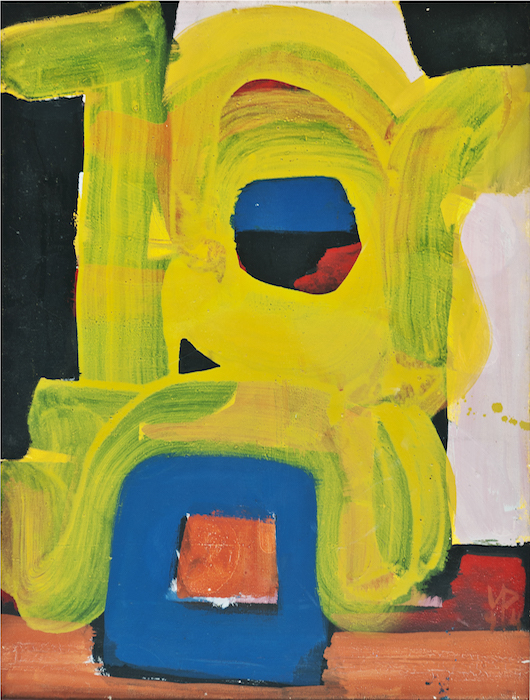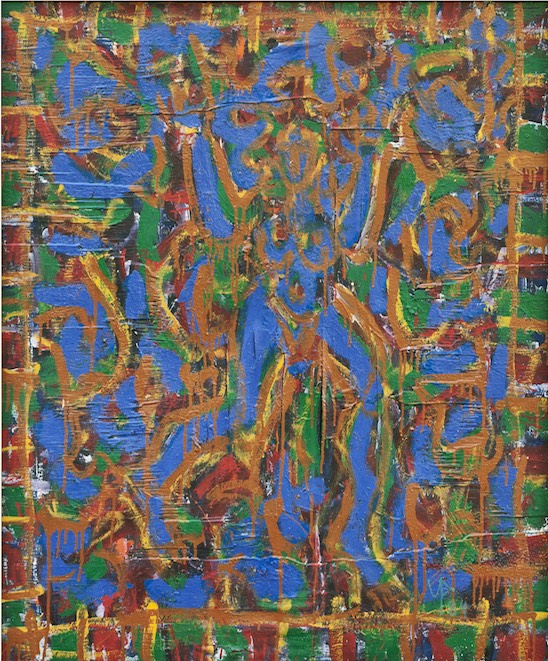Vytautas Povilaitis was born March 24, 1972, in the family of farmers on the farmstead in Jieznas (Prienai district). In 1944 he graduated from Kaunas Secondary Art School and enrolled in Kaunas Institute of Applied and Decorative Arts. V. Povilaitis was taught by such prominent artists as Stasys Ušinskas, Vytautas Kairiūkštis, Juozas Kėdainis. He graduated in 1950 but he was not awarded a diploma due to political reasons (it was only given to him in 1971). In 1958 he created his first abstract painting. He produced many plein air works until 1960, including the old port in Nemunas quay series. Around that time, colleagues start calling V. Povilaitis a Lithuanian Albert Marquet. From 1972 till 1974 he worked as a teacher of painting at Kaunas S. Žukas Applied Art Technical School. Starting in 1974 and until 2004, the artist focused only on creative work. V. Povilaitis became ill with Alzheimer’s disease and his last painting was made in 2004. The painter passed away May 17, 2009, and was buried in Panemunė cemetery in Kaunas.
The collection of Kaunas Modern Art Foundation (KMAF) contains probably most of Vytautas Povilaitis’ works (34) from various periods. Pasaka (Fairytale) 1968, oil on chessboard 49 x 48, Be pavadinimo (Untitled) 1979, oil on plywood, 35 x 50, etc. were made at the time when the artist was stuck in a double artworld. In the official ceremonial exhibitions, he was forced to present group-figure compositions in the socialist realist style, while at his studio V. Povilaitis painted pure abstractions. Occasionally, he would cover these formalist examples (that were banned in the Soviet period) with landscape painting and exhibited his works in smaller exhibitions.
Painting passion in V. Povilaitis’ works also manifests through strange and unusual aesthetic plastics and materials (he painted with construction or printing paint, sometimes using bird feathers or brushes; often he did not have a canvas so he used cardboard, wooden boards, plywood, etc.). It was important for him to realize his ideas through any means possible.
The painter experienced the return of independence and the period of Lithuanian revival with excitement. Many have heard about his prophetic dreams or stories about the collapse of empires and about one of the oldest – Baltic – languages, therefore, it is not surprising that the changing historical situation had also affected his painting. This is attested by newly tackled topics and titles of artworks: Rezistencija, 1989 (Resistance), Tremtinių Madona, 1992 (Madonna of the Deportees), Raudonasis košmaras, 1989 (Red Nightmare). At the time, Vytautas Povilaitis conveyed topicalities not only through associative titles – but he also paid a lot of attention to the changing expression of painting.
First of all, he started painting in extra-wide strokes, sometimes without even mixing the colors. Using one large line, he created silhouettes and contours of figures. Sometimes, he would draw an abstract sign associatively similar to the landscape, a fragment of the forest or meadow, a contour of a figure or a shape. But it was not enough for him to create a painting in one wide stroke, therefore, he had borrowed a fine colorful lining of the upper layer. This upper layer tells a lot about the artist himself but also veils quite a few things. The big spaces can serve as a blank canvas for viewer’s interpretation. Vytautas Povilaitis’ special painterly stylization again, like in the old days, was breaking the basic rules; he would colligate the image and interweave the contrasts close to each other, like it is done with Lithuanian folk patterns.
This type of painting juxtaposes opposite poles and different meanings (for example, Resistance, 1989, oil on canvas 100 x 180). The painter obscures and rhymes everything; he inures the viewer to the gloomy and clamorous background but at the same time, by revealing a facade image with harmonious brush strokes, he states – what is dark and fearsome and unsolvable as the thickness and rigmarole of the forest, can save us from doom and give hope. This is the paradoxical painter Vytautas Povilaitis.
